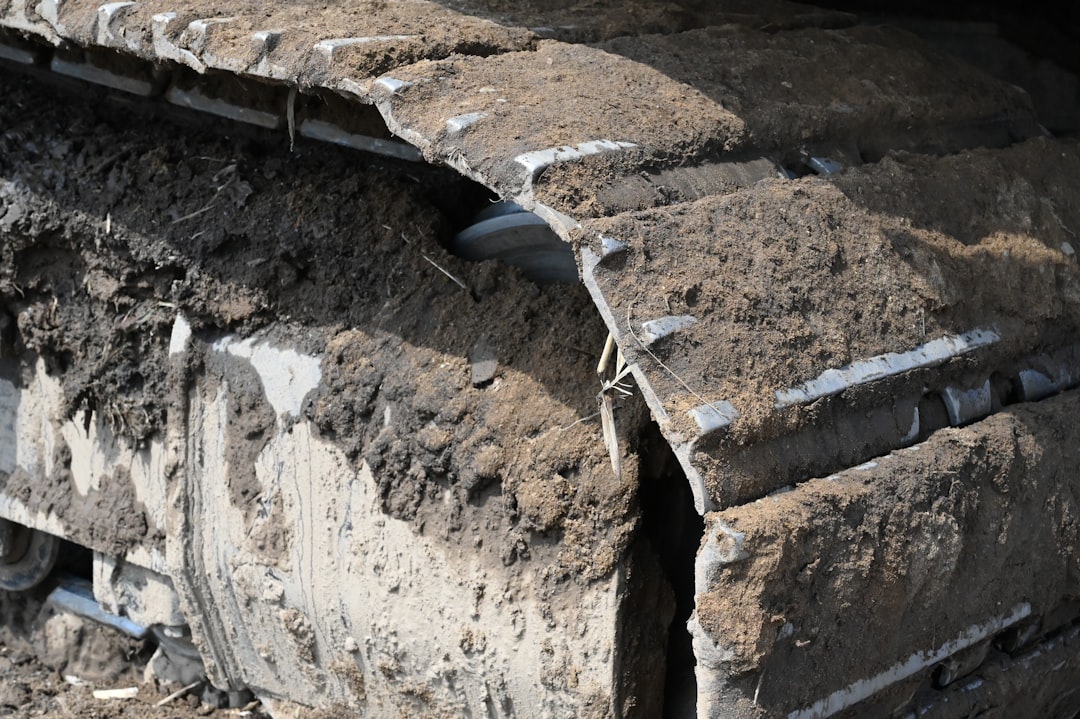What is it about?
Cargo liquefaction has been an arising issue since it is the major reason for numerous bulk carriers’ capsizes. Many solutions have been adopted by researchers and seafarers to avoid these incidents which can be divided into experimental tests and numerical simulations. The aim of this research is to develop a dynamic numerical model in order to assess the liquefaction potential of a shipped ore. To do so, first, a calibration of experimental cyclic shear test results by means of a non-linear constitutive “UBCSAND” models elaborated in order to deduce the exact soil parameters. Afterwards, a reproduction of the bulk carrier motions under the swell effect by means of a numerical simulation is conducted. This dynamic model allows analysing the stress distributions in the ore pile as well as spotting the triggering of liquefaction due to pore water pressure build-up. Finally, a parametric study is carried out to determine the variation effect of some key parameters on the cargo liquefaction potential. The numerical calibration results of experimental tests proved that the chosen constitutive model is suitable for the transported ore. Besides, the dynamic model results compared to previous studies and real case observations showed the reliability of this simulation to predict the stress and pore-pressure variation as well as the liquefaction potential under the swell motion.
Featured Image
Why is it important?
Keywords: Dynamic, liquefaction, ore cargo, numerical modelling.
Read the Original
This page is a summary of: Numerical analysis of cargo liquefaction mechanism under the swell motion, Marine Structures, January 2018, Elsevier,
DOI: 10.1016/j.marstruc.2017.09.003.
You can read the full text:
Contributors
The following have contributed to this page










